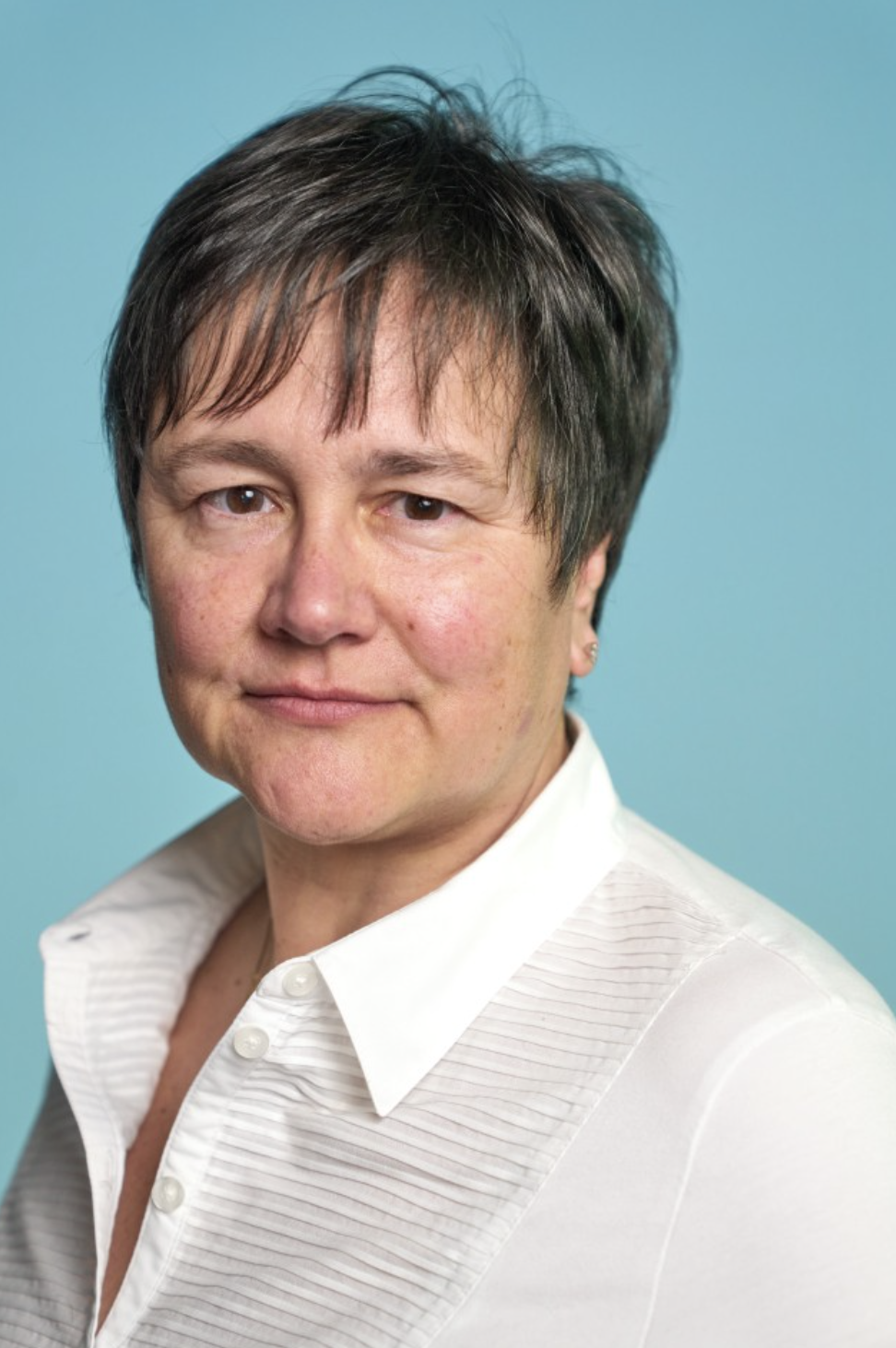A word from the EP Deputy Department Head - March 2024

Dear EP colleagues,
It is my pleasure to introduce the EP newsletter for the first time. My name is Giovanna Lehmann Miotto and, since July 2023, I am one of the two deputy department heads, taking over from Christian Joram.
I came to CERN for the first time during my master studies in physics in 1995, to participate in the NA56 experiment. In 1997 I joined the ATLAS team as a PhD student and I had the chance of developing my career while contributing to all the phases of this impressive experiment, from design, installation and commissioning to data taking and the publication of exciting physics results. At the end of 2015 I moved to the Detector Technologies (DT) group to support multiple experiments on their trigger, data acquisition (TDAQ) and control systems, and to facilitate sharing of TDAQ technologies and know-how across experiments. As of July 2023, I’m coordinating the EP R&D programme, which, in a much wider scope, features the same goals of developing knowledge and technologies, and sharing them across many potential future detectors.
This edition of the EP newsletter includes a very varied set of articles, well representing the diversity in the department’s activities. You will discover recent advances in the understanding of antimatter properties at AEGIS and BASE, as well as the measurement of a new decay mode for the Bc meson at LHCb, and a comprehensive study by ATLAS on searches for electroweak production of supersymmetric particles. A theorist’s view on the intriguing small excesses observed in ATLAS and CMS at 94.5 GeV is also available. Computing plays a significant role in today’s experiments and is touched upon via two articles: the challenges of prompt data processing and distribution for CMS in Run3 is described and a reflection on the evolving HEP computing landscape is presented.
You will also find information about new instrumentation that was recently installed at ISOLDE to boost material studies, about techniques developed in the DT gas group to reduce greenhouse emissions, and about ongoing efforts to mitigate gas detector ageing effects.
Three articles in this edition present results and plans for distinct R&D activities: novel production techniques for 3D-printed scintillating detectors, the use of robots for detector installation, inspection, and maintenance, and a summary of the results achieved on Silicon detector modules R&D during the first four years of the EP R&D programme.
For those of you who like looking simultaneously to the past and to the future, a nice article summarizes the decade long progress on establishing the feasibility of the FCC project. Finally, I’d like to invite you to read the very inspiring interview of Prof. Cumrun Vafa (Harvard University) and the article in memory of our colleague Bruce Marsh.
Everybody is very busy, as the experiments are gearing up for a new year of exciting data taking at CERN and as the LS3 with its major experiments upgrades gets closer: I hope that you will still find a bit of time to read the EP newsletter and to think about the articles you may want to contribute in one of the next editions.
